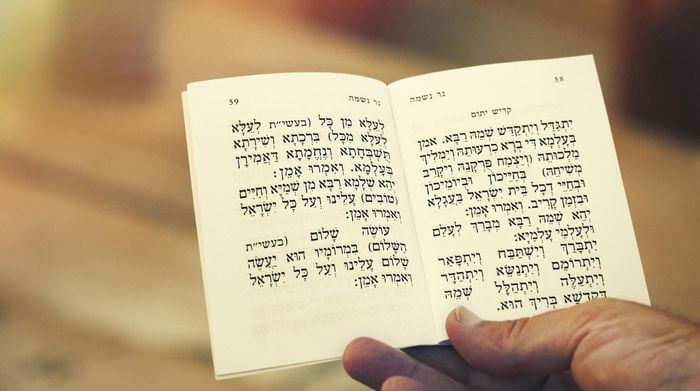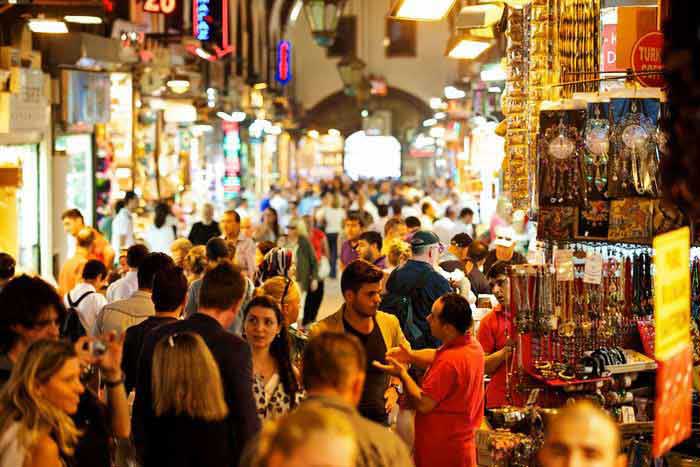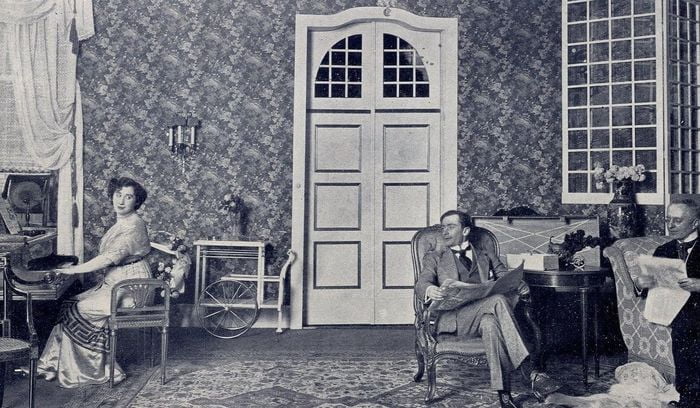At the main intersection of Curetes Street and the Marble Road in Ephesus, there was a brothel. This was identified by inscriptions found at the entrance. The brothel was built during the time when John was in the city. Later, around A.D. 400, a Christian woman named Scholastica renovated the brothel and turned it into a bathhouse.
Public Latrine Found Nearby
Near the brothel, archaeologists discovered a large public latrine. It had seats with no partitions between them, and it used a lot of water brought from a Roman aqueduct through underground pipes made of clay.
Civic Buildings and Water Supply
Harbor Gymnasium and Bath
Ephesus had many civic buildings that used the city’s water supply. One example is the harbor gymnasium and bath, which was located on the east side of the harbor, north of Arcadian Way. The bath was mostly built during the rule of Emperor Domitian and finished a few years later under Emperor Hadrian Large Statue of Artemis in Seljuk Museum.
Library of Celsus
The Library of Celsus is one of the most important buildings in Ephesus today. It was recently restored and is located south of the lower agora. Celsus, who was consul in A.D. 92 when John was in Ephesus, later became proconsul of Asia. The library was built near the main entrance gates of the marketplace. It was located between the brothel on the east and the Temple of Serapis on the west.
In ancient Roman culture, sacred prostitution was part of religious practices, and social prostitution was considered acceptable. This is why the library was built near these types of buildings, even though it may seem strange by today’s standards.
Construction of the Library
The library was an impressive building, designed to stand out at the street intersection leading to the Mazeus and Mithridates Gates. Inscriptions on the steps of the library’s front entrance tell us that it was built between A.D. 110 and 135 by the son of Celsus in honor of his father. The library had multiple floors and stored many manuscripts on different levels Customized Istanbul City Tour.
Theater of Ephesus and the Book of Revelation
The Ephesian Theater is the largest theater in the ancient Greek world. It has become an important part of the study of the Book of Revelation. Scholars are interested in understanding how John chose to share his vision of Revelation with the Greek and Roman world of his time. The Ephesian Theater may have played a role in how John shaped his message.








